This isn't a regular tesla coil, as you can see in the photo above, the secondary coil of the tesla coil is actually etched on the PCB, a big reason why I did this was because I didn't want to wind coils till my fingers got numb, also cause its smaller. Before I tell you anymore I would like to tell you that this project deals with high voltage and IF YOU DON'T KNOW WHAT YOUR DOING YOU WILL GET HURT, but don't be discouraged, I will teach you enough information to make this build as simple as possible. This device really messes with any sensitive electronics, so keep phones,tablets, computers at least half a meter away, if you have a pacemaker don't build this.
HERE ARE THE PROJECT GOALS:
- This whole thing should be powered by one 12v power supply.
- It should play music, like actual music with words and not that 8-bit electronic music garbage.
- it should be Bluetooth, so i don't destroy my phone.
- The circuit should be as simple as it possibly can.
- circuit board has to be same size as coil board.
- should play for at least 10 minutes without overheating
- BIG ARCS
 HIGHVOLTOMANIAC
HIGHVOLTOMANIAC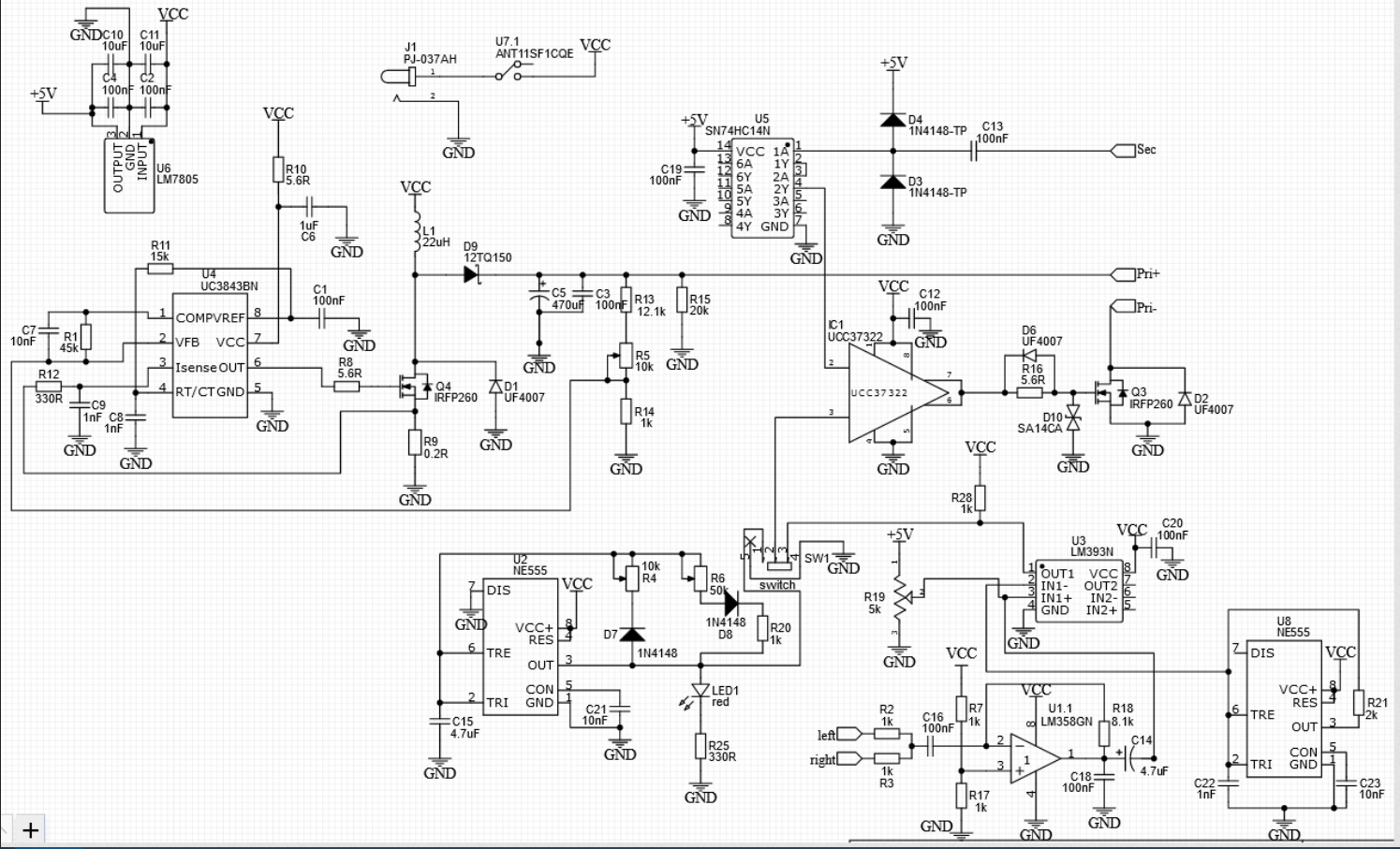
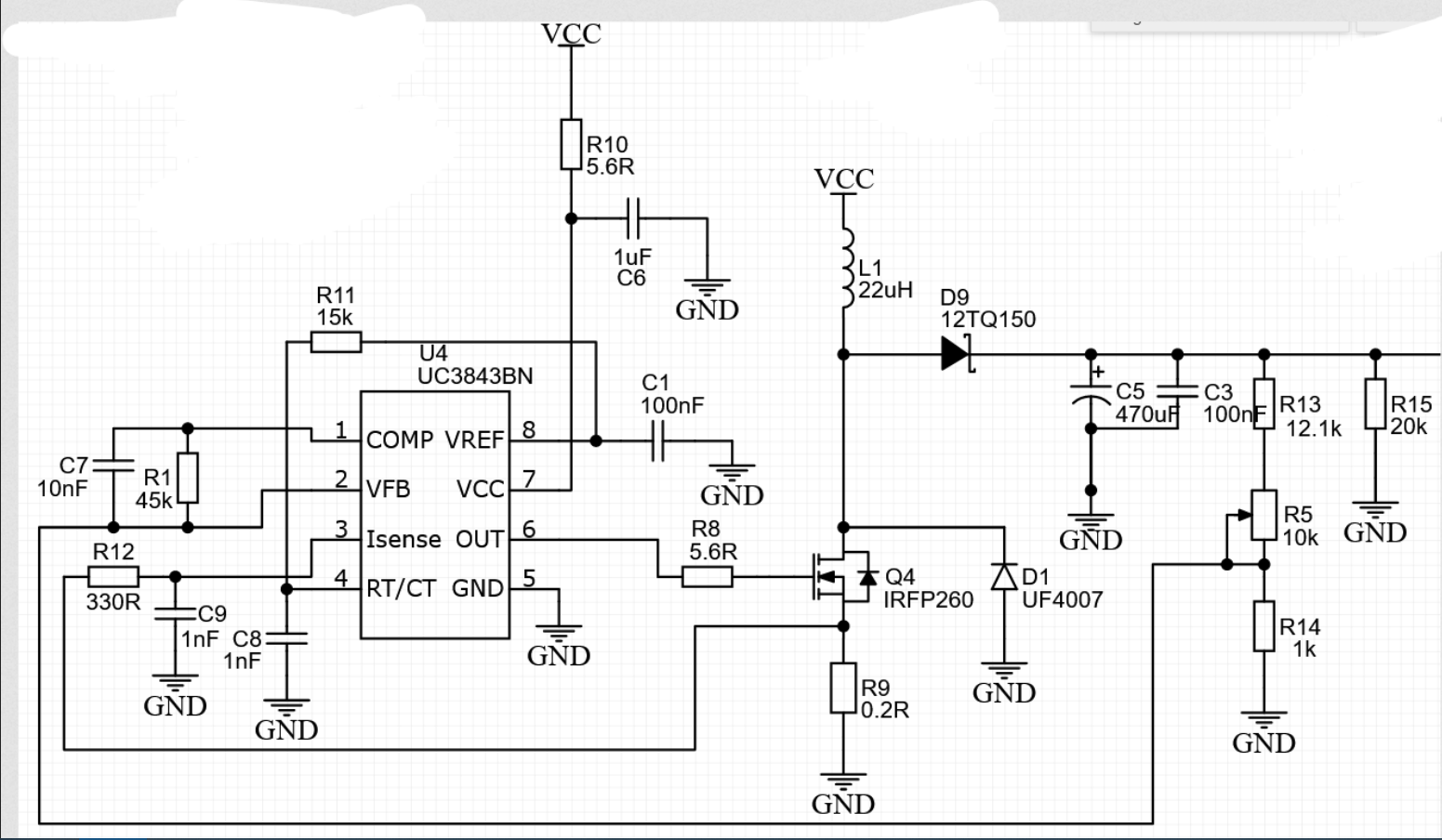
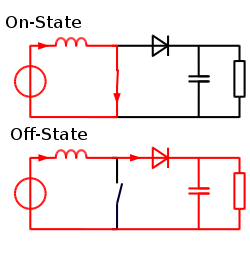

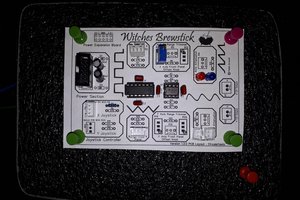
 Neil Mundt
Neil Mundt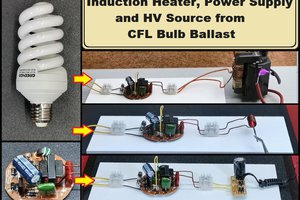
 mircemk
mircemk
 PRASHANT KUMAR
PRASHANT KUMAR
 selena1995
selena1995